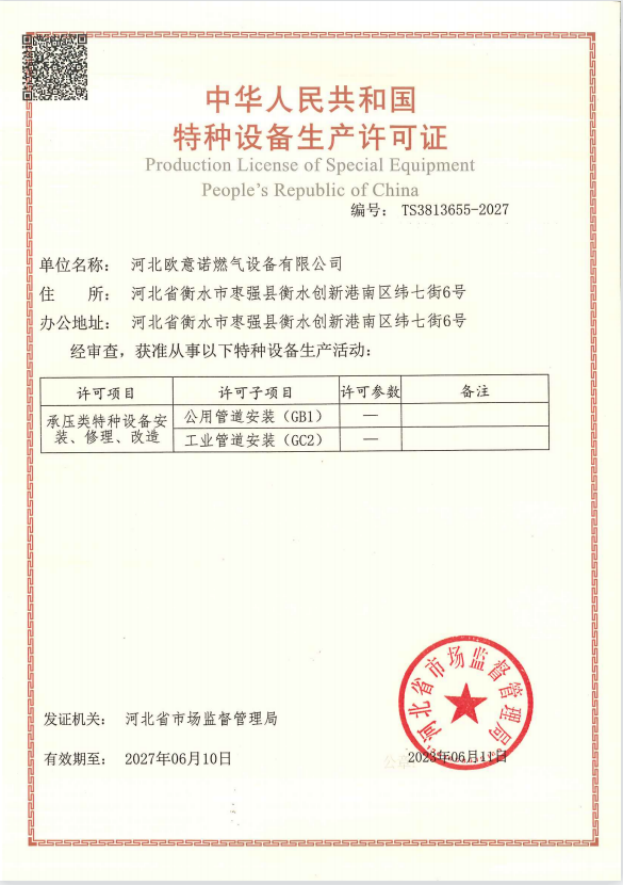
Dec . 12, 2024 23:44
Back to list
cyclone separator
Understanding Cyclone Separators A Comprehensive Overview
Cyclone separators, often referred to simply as cyclones, are effective mechanical devices used for separating particles from gases or liquids using the principle of inertia. These separators can handle a wide range of applications across various industries, including manufacturing, mining, and environmental protection, making them invaluable tools in industrial processes.
Working Principle of Cyclone Separators
The fundamental operating principle of a cyclone separator is based on centrifugal force. When a mixture of gas and particulate matter enters the cyclone, it is accelerated into a spiral motion. This circular flow creates a strong centrifugal force that pushes heavier particles toward the outer walls of the separator. As the particles experience this force, they collide with the cyclone walls and eventually fall into a hopper or collection bin below. Lighter particulate matter, which remains suspended in the gas stream, exits through the top of the cyclone.
The efficiency of a cyclone separator is influenced by several factors, including the design of the cyclone, the flow rate of the gas, and the size and density of the particles being separated. Generally, as the particle size increases, the separator's efficiency enhances; larger particles are more susceptible to the effects of centrifugal force.
Design Variations
Cyclone separators come in various designs to suit specific applications. Common types include
1. Single-Cyclone Separator This is the simplest form, featuring a single cylindrical body. It is primarily used for straightforward separation tasks.
2. Multi-Cyclone Separator These systems consist of multiple small cyclones housed together. They are designed to handle larger volumes of gas and provide enhanced separation efficiency.
3. Wet Cyclone Separator In these systems, a liquid is introduced to help capture smaller particles that might otherwise escape into the gas stream. This design is particularly useful in applications where high-efficiency particle capture is essential.
4. Dust Collector Cyclones These units are specifically designed for collecting dust and other particulate matter from industrial processes. They are often used in woodwork and metalworking industries.
cyclone separator

Applications of Cyclone Separators
The versatility of cyclone separators allows them to serve numerous applications across different industries
. They are commonly used in- Air Pollution Control Cyclone separators play a crucial role in controlling emissions by efficiently removing particulate matter from industrial exhaust streams.
- Food Processing In this sector, cyclones can be employed to separate flour, sugar, and other particulate ingredients from the air.
- Mining Operations Cyclones are used to separate valuable minerals from waste material in mineral processing plants.
- Chemical Industry They assist in the separation of chemicals and catalysts in various processes.
Advantages and Limitations
One of the primary advantages of cyclone separators is their simplicity and low maintenance requirements. They do not have moving parts, which minimizes downtime and maintenance costs. Additionally, they can operate over a wide range of flow rates and are efficient in removing larger particles.
However, cyclone separators also have limitations. They are less effective for very fine particles, which may be too small to experience the required centrifugal forces for separation. Additionally, the design of the cyclone can influence its performance, and improper sizing or configuration can lead to suboptimal results.
Conclusion
In conclusion, cyclone separators are integral components in various industrial processes, offering an efficient means of separating particulates from gases and liquids. Their design flexibility, operational efficiency, and relatively low maintenance make them a popular choice across many industries. As technology advances, the effectiveness and applications of cyclone separators are likely to expand, playing a vital role in enhancing productivity and environmental protection in industrial settings.
Latest news
-
Safety Valve Spring-Loaded Design Overpressure ProtectionNewsJul.25,2025
-
Precision Voltage Regulator AC5 Accuracy Grade PerformanceNewsJul.25,2025
-
Natural Gas Pressure Regulating Skid Industrial Pipeline ApplicationsNewsJul.25,2025
-
Natural Gas Filter Stainless Steel Mesh Element DesignNewsJul.25,2025
-
Gas Pressure Regulator Valve Direct-Acting Spring-Loaded DesignNewsJul.25,2025
-
Decompression Equipment Multi-Stage Heat Exchange System DesignNewsJul.25,2025

